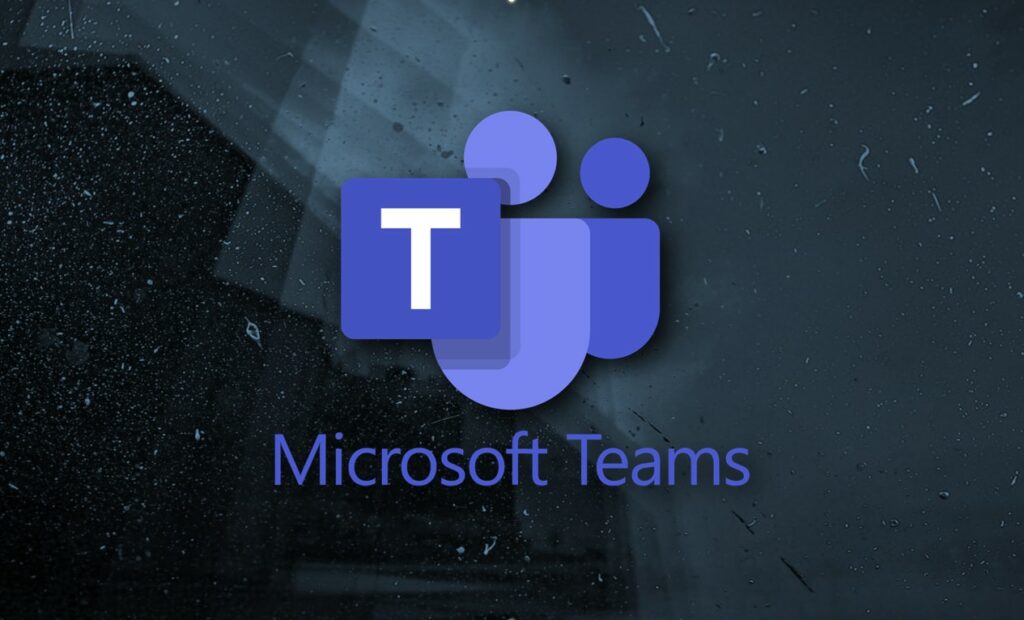
A Black Thursday for millions of Microsoft Teams users around the world. A key feature of the collaboration platform – opening embedded Office documents – has suddenly been knocked out, sparking frustration and slowdowns in companies and organizations that rely on the service daily.
Teams was born with a clear goal: to provide a single, integrated environment where chat, channels, and documents merge to make work faster and more collaborative.
But today, opening a Word, Excel, or PowerPoint directly from Teams has become an impossible mission: screenshots of Infinite loading, cryptic errors, blank windows. A broken workflow that forces users to look for alternative ways to complete even the simplest tasks.
Imagine having to update an Excel spreadsheet during a meeting, or consulting a report in real time with colleagues: what normally requires a single click now becomes an obstacle that slows down entire teams.
The Redmond company has officially acknowledged the issue, publishing a notice on the Microsoft 365 Service Health Dashboard with ID TM1143347.
According to the advisory, Microsoft engineers are already analyzing diagnostic data to identify the root of the problem and restore functionality as soon as possible.
Meanwhile, the user community has mobilized, reporting temporary workarounds: opening documents directly from Office apps or OneDrive/SharePoint, thus circumventing the internal Teams malfunction.

While it’s a matter of a few wasted minutes for a single user, for companies that use Teams as a central collaboration hub, the problem has a direct impact on productivity.
Slowed-down meetings, postponed decisions, inaccessible presentations: disruption strikes at the very heart of modern work, based on instant sharing and seamless access to information. information.
Incidents like this remind us how fragile and dependent our digital daily lives are on centralized ecosystems. When one piece breaks, the entire machine slows down.
This is why it’s essential not only to rely on the cloud, but also to plan continuity procedures, operational alternatives, and employee training in the use of parallel tools.
Today it was Teams’ turn; tomorrow it could be another critical service. The only certainty is that digital, however indispensable, remains a delicate balance, ready to be shattered by a single bug.
Follow us on Google News to receive daily updates on cybersecurity. Contact us if you would like to report news, insights or content for publication.
